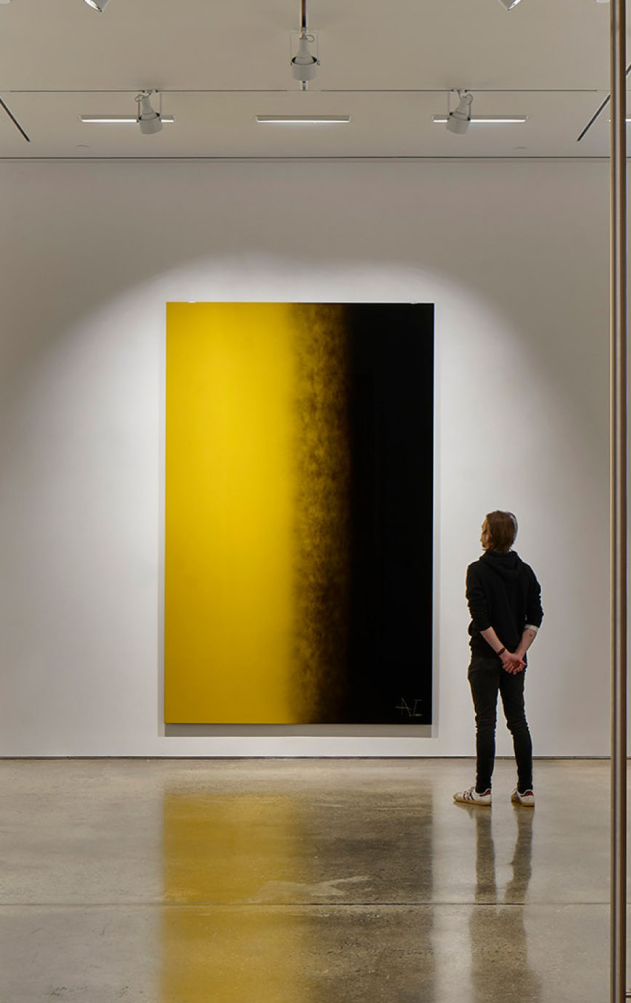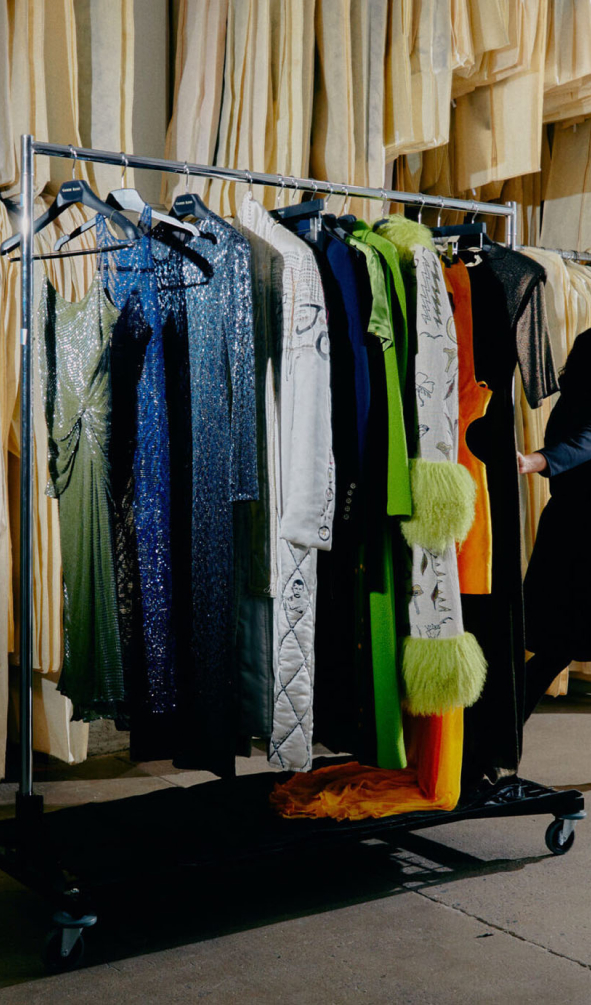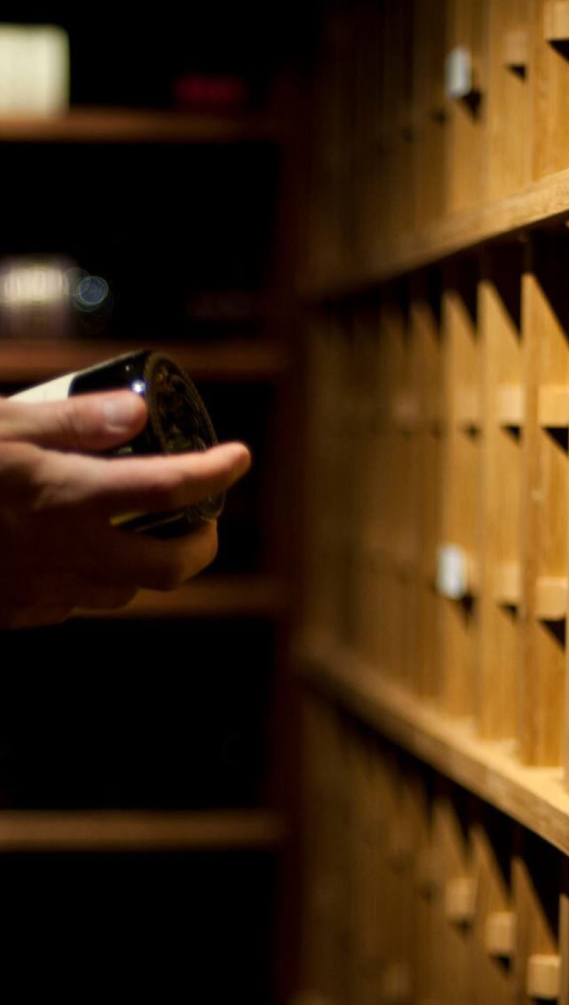
Temperatures above 75°F can significantly accelerate wine aging and lead to undesirable aroma, flavor, and color changes, according to Purdue University’s Wine Storage Guidelines. Such conditions can compromise the integrity of your collection, diminishing both its value and enjoyment.
This underscores the critical importance of proper wine preservation. Ensuring optimal storage conditions is not merely about maintaining taste; it’s about safeguarding your investment. In this article, we’ll explore how meticulous storage practices can protect and enhance your wine collection’s longevity and quality.
Why Wine Needs Climate-Controlled Storage
Wine is alive. It reacts, changes, and, over time, develops new layers of complexity. That’s great…when the environment supports it. But even slight variations in conditions can push things in the wrong direction.
Heat, humidity, light, and vibration are the four key threats to long-term wine quality. Each one can quietly undo years of aging, sometimes without the collector even knowing.
Temperature swings, for instance, can expand and contract the wine inside a bottle. That pushes the cork outward and lets air in. Over time, that oxygen can lead to oxidation, flattening the wine’s flavor and destroying its balance.
Humidity is another factor. Too little of it dries out the cork. Too much, and you get mold on labels or even on the cork itself. The goal is steady and moderate; nothing too extreme, nothing too unstable.
Light and vibration round out the list. Both affect how wine ages chemically, just in slightly slower or less obvious ways.
Some of the risks of skipping climate-controlled wine storage include:
- Cork shrinkage leading to air exposure
- Premature oxidation causing flat or off flavors
- Label damage from mold or condensation
- Sediment disruption from constant vibration
- Color loss and aroma degradation from UV light
This is why wine quality maintenance isn’t just about taste; it’s also about condition, presentation, and value. And all of that starts with where and how you store your wine.
Temperature and Humidity: Getting the Balance Right
Aging wine properly starts with consistency. Experts generally agree that 55°F and 50-80% humidity are the gold standard. These figures reflect the conditions in centuries-old wine cellars in France and Italy, which still store some of the world’s most valuable wines.
Too warm? The wine might age two or three times faster. Too cold? The wine may go dormant or even freeze.
In that case, the real issue is not the temperature itself but the fluctuation. Constant shifts in the environment (day to night, season to season) can cause expansion, contraction, and, eventually, damage.
Humidity works similarly. It’s there to keep the cork supple. But if it creeps above 80%, you’ll start to see mildew on labels and boxes. Go below 50%, and corks dry out. That’s when oxidation becomes a real risk.
Facilities that offer premium wine storage solutions use automated HVAC systems with alerts, sensors, and backup power. At UOVO, for example, we use auxiliary generators that kick in automatically during outages. That way, there’s no disruption in the storage environment, no matter what happens outside.
Shielding Wine from Light and Vibration
Temperature and humidity are usually the first things people think about. But there’s more going on.
For instance, light, especially ultraviolet light, can cause something called “lightstrike,” which breaks down acids and tannins in wine. The result? Muted flavors and strange, off aromas.
Fluorescent bulbs and sunlight are two common culprits. That’s why premium storage environments are usually windowless or shielded with UV-resistant materials. They don’t just keep out heat, they block radiation that could mess with your wine.
Controlled Access, Inventory, and Delivery
Storing wine properly isn’t only about the physical environment. Access control, digital management, and how you interact with your collection all matter too.
Open access might sound convenient, yet it typically introduces more risk than benefit. Light exposure, handling errors, and even temperature spikes from frequent door openings can all affect your collection. That’s why limited, staff-managed access tends to be safer.
Some benefits of controlled access include:
- Fewer handling errors and bottle misplacements
- Less exposure to ambient light and changing temperatures
- More reliable tracking of inventory and deliveries
UOVO Wine gives collectors options, which is actually pretty rare in this space. For example, standard clients get their own lockers with tools and workspace to manage collections independently. Premier clients get concierge-style service where our team handles receiving, cataloging, and organizing everything, right down to updating your online inventory.
This system also helps with preserving wine quality. If you’re pulling bottles regularly, knowing which ones are ready to drink and which ones should wait is key. Digital inventory systems help flag that.
Need something delivered? UOVO Wine offers 1-2 day local delivery for most clients, which is useful if you’re hosting, gifting, or just restocking your home cellar. For commercial clients like restaurants and wineries, we offer sourcing, logistics, and event delivery options, too.
Protect What Matters Most With the Best Wine Preservation
True wine preservation requires more than a cool space and good intentions. It takes precision, control, and consistency across every variable that affects aging.
That’s what UOVO Wine delivers. Our facilities offer 55ºF temperatures and humidity protocols designed around an average of 70% relative humidity, along with UV-protected environments and vibration-free storage zones powered by auxiliary generators for uninterrupted protection.
UOVO is built by collectors, for collectors. Request a quote today and experience storage designed for the serious connoisseur.




